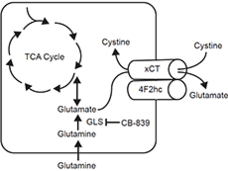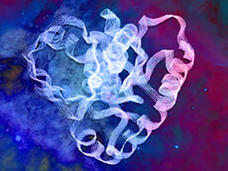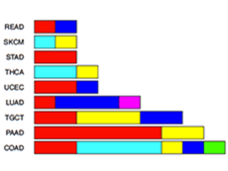2017 - RAS Dialogue Blog
-
Glutamine, Cystine, and Cancer Susceptibilities
The rapid growth of cancer cells generates increased amounts of toxic reactive oxygen species (ROS). Four recent papers show how understanding how cancers deal with ROS can lead to therapeutic opportunities.
-
Ras–dependent Paracrine Cascades
Most pancreatic cancers are driven by mutant K-Ras genes, and comprise a minority of cancer cells in a densely fibrotic and highly secretory tumor microenvironment. Interrupting the paracrine cascades in pancreatic cancers may improve treatment.
-
RAS and MYC: Co-conspirators in Cancer
The transcription factor MYC is an important downstream target of mutated RAS genes in human cancers. Inhibiting post-translational modifications of MYC to decrease its transcriptional activity is a new strategy for treating RAS-driven cancers.
-
Powering Off Cancer
The uncontrolled growth of cancers is dependent on altered metabolism. For example, many cancers are highly dependent on the altered metabolic reactions that occur in their mitochondria. New therapies that target these reactions are being tested.
-
The Mutational Spectra of Cancer Genes in TCGA Data
The Cancer Genome Atlas has catalogued mutations in more than 30 cancer types. The NCI RAS Initiative uses TCGA data to prioritize and inform its research objectives. The bar graphs show data for KRAS, HRAS, NRAS, BRAF, TP53, EGFR, PIK3CA, and PTEN.




